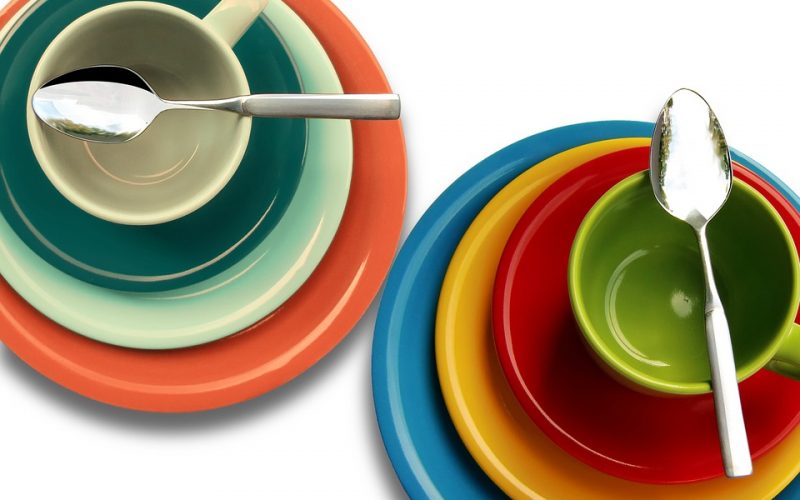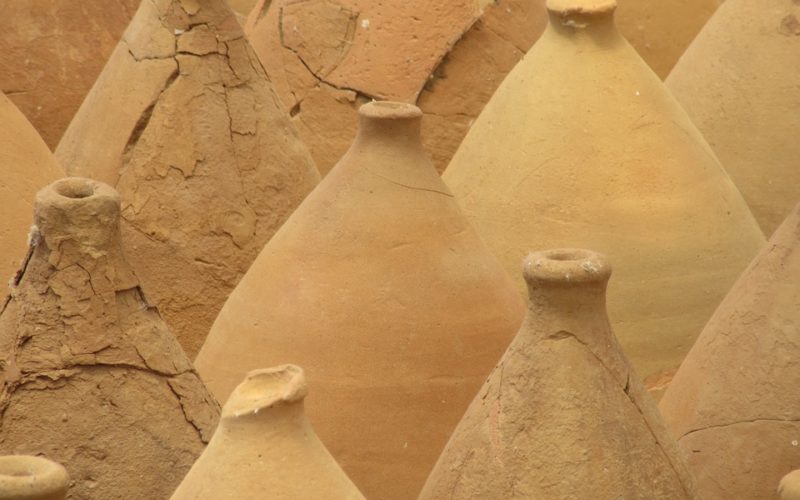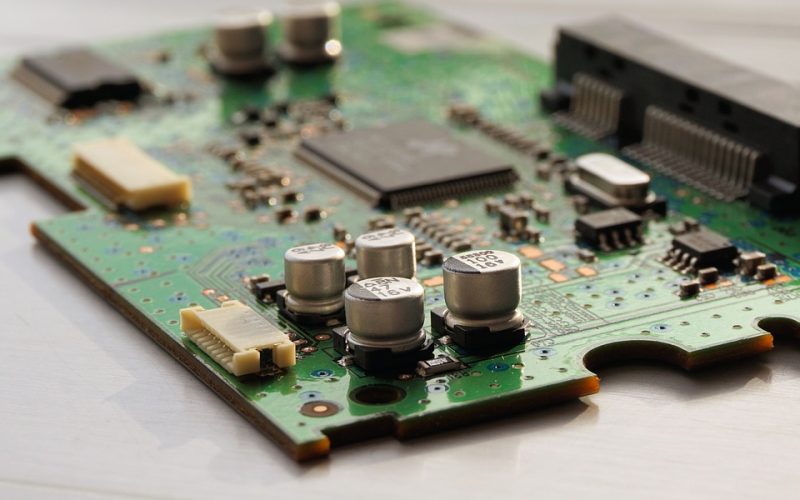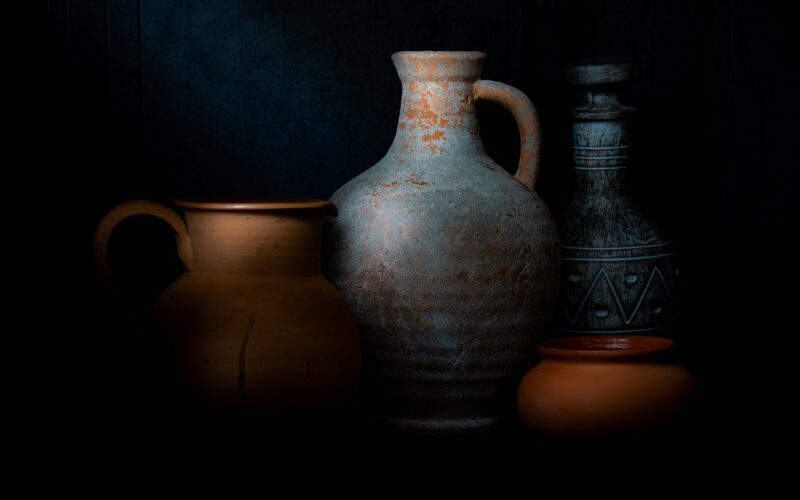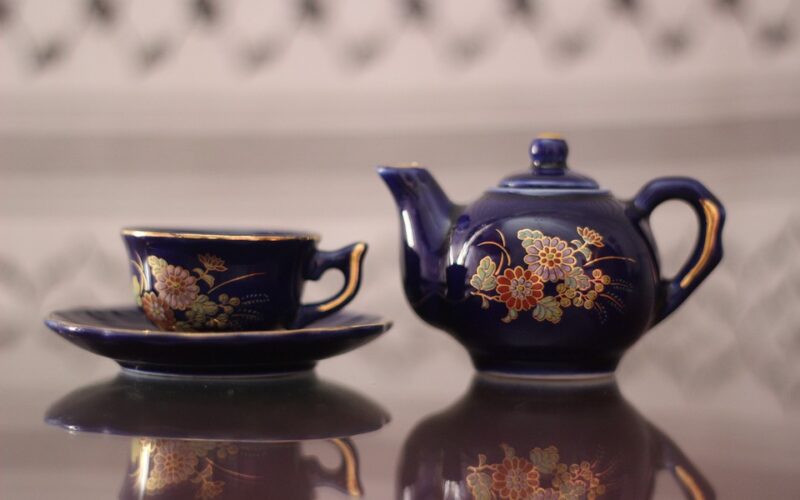With a large base of uses and components, ceramics span the world from pottery to glass to high tech applications. A basic definition is difficult to pin down, but all ceramics have several properties in common. They are strong and durable, but they are also considered brittle. Because of their inorganic nature, they do not chemically react to acids, oxygen or combine with other chemicals. After that, ceramics definitions have a wide range. Many ceramics are very resistant to conducting heat and electricity while others are highly conductive to either. Some ceramics have a matrix structure, but others, such as glass, do not. When a ceramic material has a matrix, fibers can be embedded that make it malleable rather than brittle. These widely changing aspects of this material make it highly versatile for many applications in the modern world.
